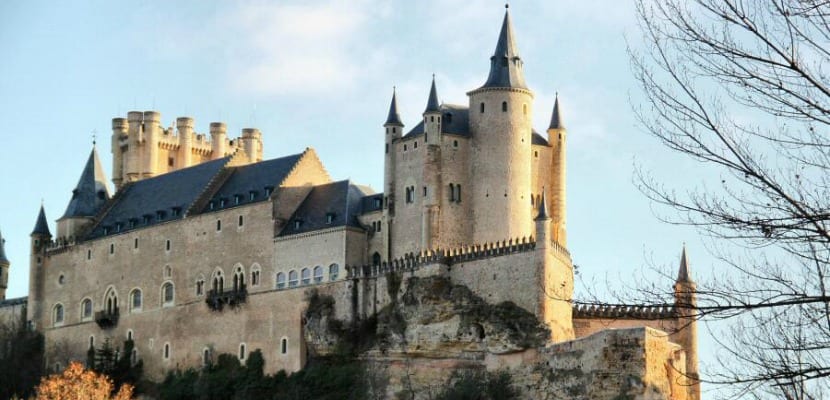
Any time of the year is good for a getaway, so it is advisable to prepare as far in advance as possible our next trips in this 2017 that we have just released. In case you want to take a route through Spain in the coming months, below we propose three very interesting cultural and ecotourism in nature. Do not miss out!
Route of Isabel la Católica in Castilla y León

This route runs through various towns in the provinces of Ávila, Segovia and Valladolid, proposing the visit of emblematic buildings and places in the life of the Castilian queen. In addition, the most relevant historical events that occurred in these places are explained and natural landscapes of great importance can be contemplated.
Some of the most interesting places to visit on the occasion of this route are:
- Madrigal of the High Towers: In this town of Avila we can visit the birthplace of the queen, the church of San Nicolás de Bari that contains the baptismal font where she was baptized.
- Arévalo: In this town of Avila is the castle where he grew up with his brother Alfonso and where he received an excellent education and religious training from the Franciscans.
- Valladolid: Isabel and Fernando el Católico were married in the Palacio de los Vivero de Valladolid on October 19, 1469. It is currently the headquarters of the Provincial Historical Archive of Valladolid.
- Segovia: the fortress, the cathedral and the church of San Miguel in this Castilian city played an important role in the life of the monarch. In the fortress she lived part of her life and learned about the intrigues of the court, in the church of San Miguel she was crowned queen and in the cathedral she received her husband as sovereign of Castile.
The Route of the Faces of Cuenca
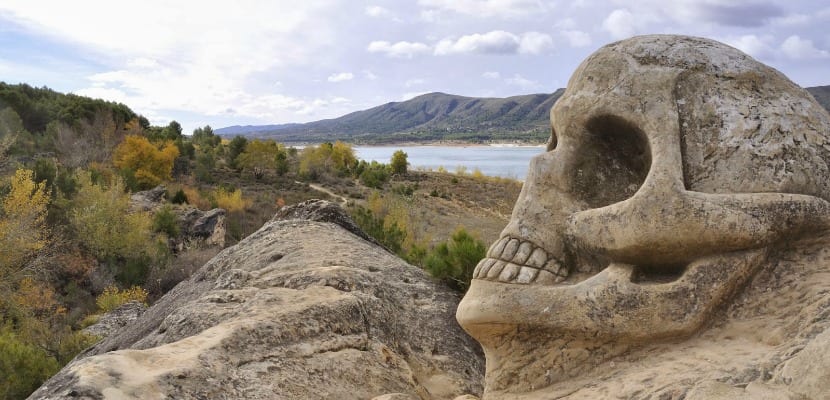
In the region of La Alcarria, next to the Sierra de Altomira and the reservoir that bears its name, the Cuenca town of Buendía is located, which has many attractions for lovers of gastronomy, culture and nature.
However, in recent times this place has become especially popular among hikers thanks to the Ruta de las Caras, a place in the Buendía reservoir in which there are some 18 sculptures and bas-reliefs from one to eight meters high.
The visit mixes art and nature and even engineering if we refer to the Buendía reservoir dam. The sculptures of the Route of the Faces break the line marked by museums to extol the relationship between nature and art based on the spiritual reflection presented by these sculptures.
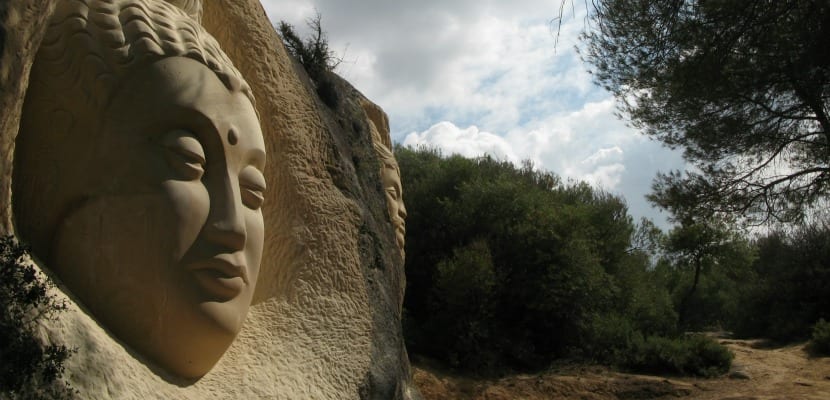
The artists who shaped this particular route previously knew the limestone sculptures of other artists, so when creating the Route of the Faces they were inspired by them and also by pre-Columbian and Asian cultures. However, they knew how to give their sculptures a distinctive personal touch. This is especially appreciated in the faces of the sculptures, which present the so-called “archaic smile”.
Some of the most impressive sculptures that can be seen during the route are 'La Monja', 'El Beethoven de Buendía', 'El Chamán', 'La Dama del Pantano' or 'La Calavera'. To access the area you can go by car, since from Buendía there is a track with information panels and easily accessible roads so it can be reached in five minutes. Once there, doing the full tour will take us an hour walking.
The Route of Carlos V through Extremadura
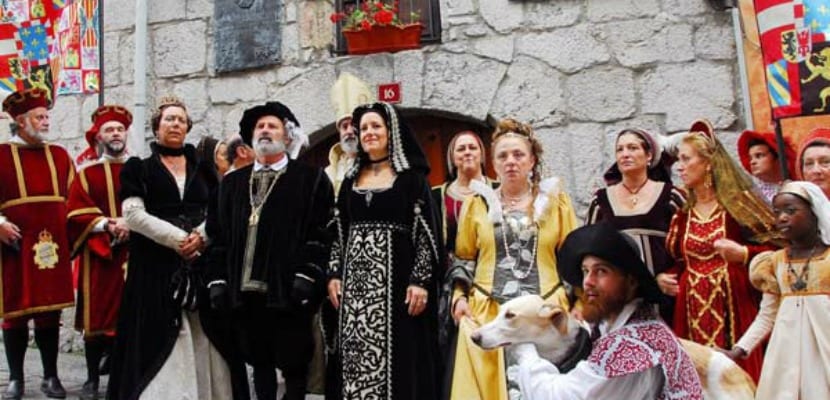
During the month of February the anniversary of the arrival of Emperor Carlos V to Yuste is commemorated. In 1557 and after traveling a long journey through Europe and Castile, King Carlos I arrived at the place he chose to spend his last days.
Who was the most powerful man in the world in the mid-sixteenth century, he was ill with gout and diabetes, so he decided to entrust the government of his empire to his son Felipe II and retire to the monastery of Yuste in Cáceres. A privileged environment located on the southern slope of the Sierra de Gredos.
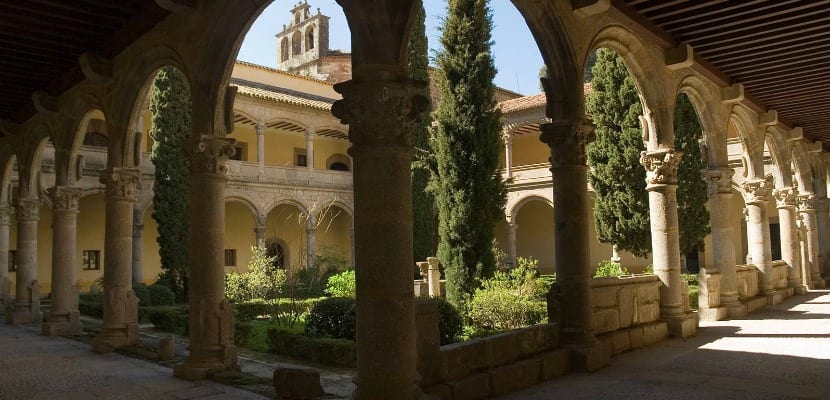
For a few years it has been possible to relive the path that Emperor Carlos V traveled from Jarandilla de la Vega to Yuste with the so-called Route of Emperor Carlos V, which was declared of Regional Tourist Interest. Ten kilometers separate both places and although it may seem like a long distance to walk, the route is considered low difficulty. In addition, it is spiced up with theatrical performances, concerts, good gastronomy and many other activities that will make your trip a unique experience.
Some of the most outstanding places to visit during the route are: the Oropesa castle, the church-fortress of Nuestra Señora de la Torre in Jarandilla, the Bishop Godoy palace and the source of the Ocho Caños in Aldeanueva de la Vera, the house of Don Juan de Austria in Cuacos de Yuste and the fabulous monastery of Yuste, residence where the emperor spent the last days of his life.